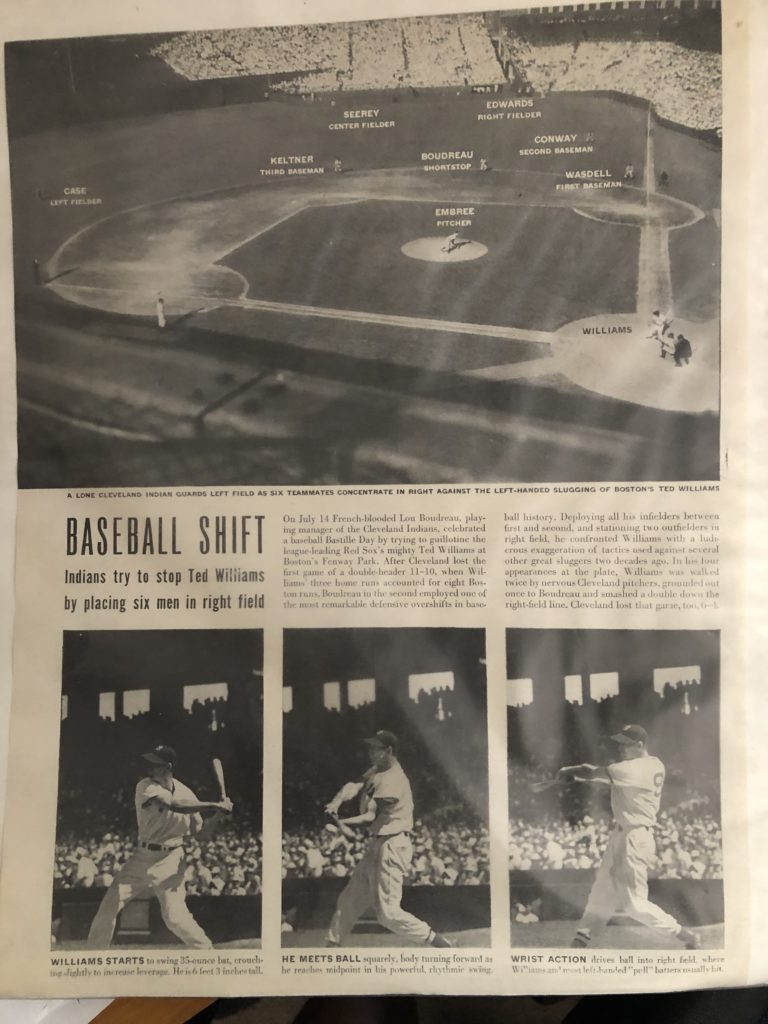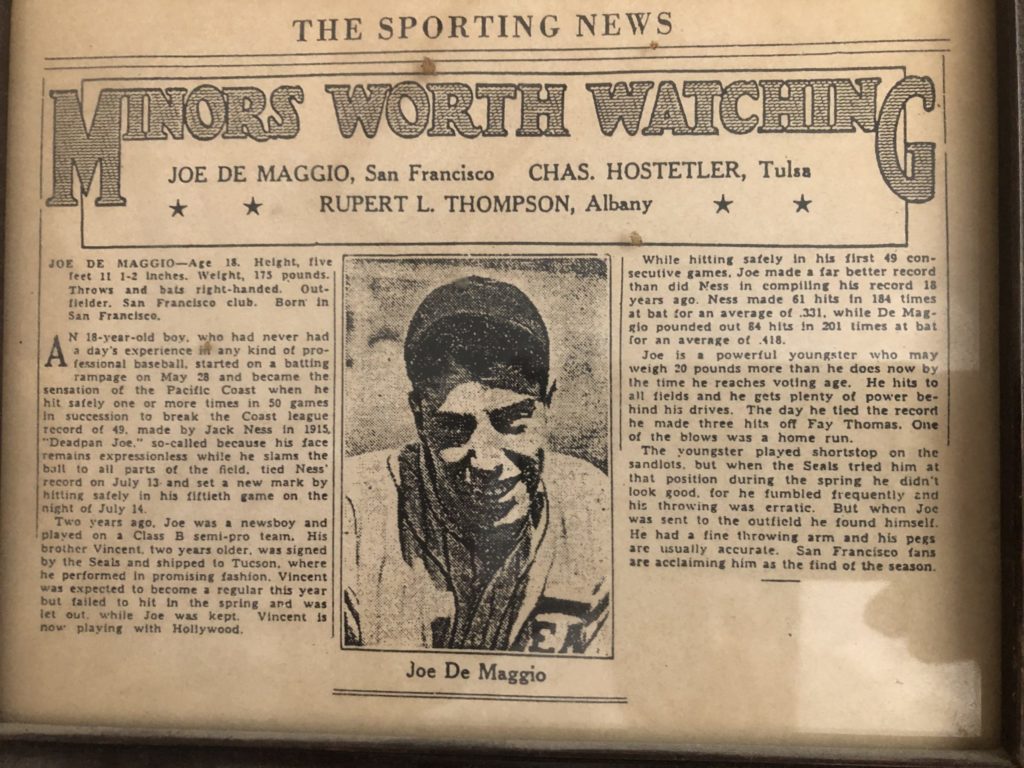I’m taking a look at the teams I drafted for Round 3 of thejuice6’s annual tournament for Sim League Baseball. I had seven teams advance to this round of eight leagues, so I had one pick in seven of the leagues, three in the National League and three in the American. Each league includes 15 seasons of baseball history, so this round covers 120 seasons in all from 1899 to 2019.
These are the years and teams I drafted. I can build my 25-man roster out of anyone from these three teams for that season:
- League 1: 1906 Chicago White Sox / New York Highlanders / Cleveland Naps
- League 2: 1920 Cleveland Indians / Chicago White Sox / New York Yankees
- League 3: No team
- League 4: 1950 Philadelphia Phillies / Brooklyn Dodgers / New York Giants
- League 5: 1966 Los Angeles Dodgers / San Francisco Giants / Pittsburgh Pirates
- League 6: 1985 St. Louis Cardinals / New York Mets / Los Angeles Dodgers
- League 7: 1993 Toronto Blue Jays / Chicago White Sox / New York Yankees
- League 8: 2013 Boston Red Sox / Oakland Athletics / Detroit Tigers
I picked 9th out of 12 in League 1’s American League draft (1899-1914) and went with 1906 for a strong combination of starting pitchers in Doc White, Addie Joss, and Ed Walsh along with the best lineup combination among the remaining teams when it came my turn to pick. My hitting star will be 2B Nap Lajoie (as in, they named the team for him in Cleveland back then). Don’t expect many home runs on this team, as no one hit more than 3, and the whole league is deadball-era pitching.
I picked 2nd in League 2’s American League draft (1915-1929) and had a very difficult time selecting. The only team off the board was 1927 (of the famed Murderer’s Row Yankees), and the trick is that the league divides between one division of deadball teams (1915-1919) and two once Babe Ruth showed how to excite crowds with home runs (1920-1924 and 1925-1929).
Though some excellent pitching could be found in those teen years, those offenses really were painfully weak. In 1920, I landed a lineup with four sensational hitters: Ruth, Tris Speaker, Joe Jackson, and Eddie Collins, all of whom hit at least .370 that year. Ruth hit 54 home runs, about as many as the rest of my team combined, and it’s hard to turn down that firepower. There’s a bit of decent pitching to go with them, but offensive numbers will be big for most of this league.
I picked 4th in League 4’s National League draft (1945-1959) and narrowed it down to a few times pretty quickly. The 1950s were pretty awful for pitching, and some of the 1940s hitting was nothing to get excited about either. In this draft, it seemed the teams with a few decent arms lacked any good bats.
My 1950 group will have good power throughout the lineup, though it slants too far to right-handed hitting and lacks speed. Fortunately this league uses a DH, because I have two second basemen worth putting atop the lineup in Jackie Robinson and Eddie Stanky.
I had the 5th choice in League 5’s National League draft (1960-1974) and had some very good pitching seasons to choose from in 1966, 1968, and 1969. I went with ‘66 for the twin ace starters in Sandy Koufax and Juan Marichal, which should be as good or better than anyone else can field in the league.
That was not a great era for baseball offenses, and few of the teams will have even one truly elite hitter in their lineups. So for me the ‘66 group will have some depth with sluggers Willie Mays, Willie Stargell, Willie McCovey, and Roberto Clemente. My coworker once told me to name my son Willie because it’s the best way to end up with a baseball star in the family, and maybe he was onto something.
For League 6’s National League draft (1975-1989), I had the top choice. In fact, I initially had the top choice of which of all the 16 drafts I wanted to pick first in, essentially making this the top pick of the entire round. That’s actually a lot of pressure, and I didn’t have time to analyze every draft before I made it.
I did look through historical ranges of pitching excellence and found that the three teams offered in this 1985 grouping (Cardinals, Mets, Dodgers) allowed me to put together a significantly better pitching rotation than anyone else in the era. With Dwight Gooden, John Tudor, and Orel Hershiser, I have three of the four best starters available in the entire range of years. I’d almost call it unfair, but I still have to find a way to build a team around them and win with the burden of expectations. That said, anything less than a World Series with this team would be disappointing.
I traded leagues with another owner who wanted to be in the AL, so I picked third in the League 7 NL draft (1990-2004). This was a really difficult choice, because the great temptation is to take one of Greg Maddux’s insanely great seasons from 1994 or 1995 even if the rest of the team were weaker. I went with 1993, however, because I still get a solid Maddux season to top the rotation along with several good arms right behind him for depth.
With ‘93 I also get a solid lineup top to bottom that stars Mr. Barry Lamar Bonds in his smaller head phase, when he was “just” an MVP but not yet shattering records. We can back up his power with the likes of Fred McGriff, Matt Williams, and Ron Gant to give the lineup plenty of strength.
For my final team in the League 8 AL (2005-2019), I had the 10th pick out of 12, which meant only six possible groupings left by my turn. I went with 2013 because it had the best single SP available in Max Scherzer and a super closer season with Koji Uehara. I also got the best remaining offensive season with Miguel Cabrera, who was actually a little better in 2013 than in his Triple Crown season the year before.
Overall, though, it’s not a great team. Drafting low means if you wind up being competitive that’s a bonus. My hope is just to steer this team to enough wins to advance to Round 4. The more teams I move on, the more chances I have at getting to the final Round 7 where the prizes are. I managed to get one team there last year and made the LCS, so I’d really like to have two shots at least this year.





